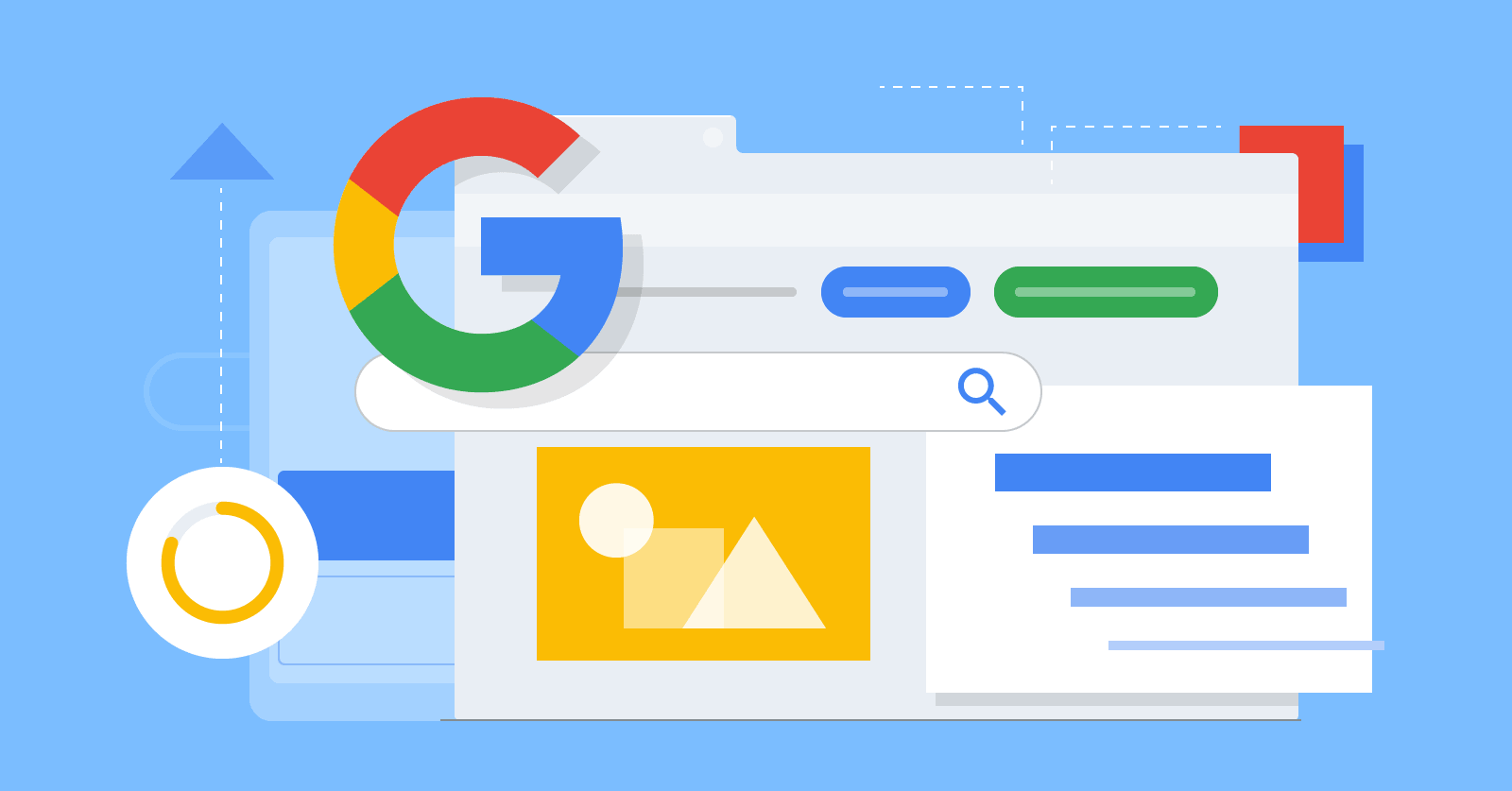The internet has become the place where people look for answers. Be it personal queries, fact-checking, or finding relevant details, everyone asks Google for answers. More than 95% of users do not go beyond the first page to search for the answer. This is the exact reason why search engine optimization, or SEO, has become an 80 billion-dollar industry. Many people are enrolling in SEO and digital marketing courses to become a part of this booming industry. In this article, we will learn more about Google’s ranking factors.
Through SEO, you can optimize your website and help it achieve the highest ranking possible in organic search engine results, and, in this case, it is Google. Yes, you can also aim for the first-ranking position. Organic is a term used to define unpaid results. Remember that organic search results are completely different from PPC or pay-per-click results that come under the advertisement category.
Google ranking factors are based upon algorithms that include multiple SEO benchmarks and account characteristics, which, in the end, establish the organic rankings of websites.
Using the algorithms, Google tries to identify three different characteristics of a website: performance, quality, and trustworthiness. We can learn more about the details and different ways to utilize them through digital marketing and SEO optimization courses.
Different Types of Google Ranking Factors
Before delving deep into the top 10 Google ranking factors, first, we need to understand the different types. There are a total of three types of Google ranking factors:
- Technical ranking factors: They measure the overall performance of your website, and the measurements are also conducted on your website. For example, core web vitals, the speed of your website, usability on mobiles, and internal links
- Off-page ranking factors: These factors are majorly calculated by Google outside of your website. For example, backlinks
- On-page ranking factors: The informational quality of your page and keywords are taken into consideration when measuring the on-page Google ranking factors. For example, Title, meta description, and URL structure
Top 10 Google Ranking Factors and How to Optimize Them
The work of any search engine is to crawl and index all the information that is available on your website. To make this process workable, you will need to follow some of the core technical elements and make them work simultaneously.
Speed Of The Website’s Page
Whoever uses the internet wants to have a hassle-free browsing experience. That is why the page loading speed of a website is of utmost importance. If your website consumes a lot of time, then the ranking of your page will decrease, and the bounce rate will increase simultaneously.
When you audit your website pages for the improvement of SEO, remember to check the speed of your website’s page using PageSpeed Insights or GTmetrix.
Internal Links
The internal links are very important as part of the top Google ranking factors. The crawlers of search engines utilize the internal links to gather information from your website. That is why the more tightly knit and compiled your data is, the easier it is for search engines to find the data from your website.
For your information, internal links are the hyperlinked text that directs to an internal page of your website. To perfectly utilize this, you need to be mindful of the page you are linking with while creating new content or page every time.
Functionality On Mobile
When crawling for website data, Google uses something called mobile-first indexing, which implies that the Google search engine primarily uses the mobile version of the website when analyzing a page for results. Since 2021, all the websites have been subjected to mobile-first indexing.
The search engine rank of your website may not be good enough, even though the desktop version of your website is exquisite. That is why you always make sure that your website is easily accessible across all types of devices and not only desktops.
Core Web Vitals
Last year, Google introduced a new type of ranking factor, Core Web Vitals. The main agenda of core web vitals is to appraise the user’s experience of your page. The core web vitals include:
- CLS or Cumulative Layout Shift: If there are any disruptive pop-ups or unpredicted movements
- LCP or Largest Contentful Paint: The time it takes for visible elements to load on the page
- FID or First Input Delay: The time your page takes to register the first click or tap
To improve the core web vital of your page, you can take the help of image compression (the process of converting any image so that it takes less space), lazy loading (the technique of delaying resources and objects so that the performance of the system can be improved), code minification (the method of reducing the markup and codes of your webpages as it helps in reducing the load time), etc.
Meta Description
A meta description of your page is a short but descriptive line that has a place in the HTML code. The meta description is not shown on the page itself, but it does appear in the search results.
Through a meta description, the searcher can perceive more information about the page, which, in turn, can also help increase the click rate. Make sure that the meta description of your page precisely encapsulates the information on the page.
Relevancy
The most important factor when it comes to Google’s ranking factor is the relevancy of your website’s page to the query. The words and phrases a user types into the search bar are considered a query. Also, these words and phrases act as keywords. To rank higher in the Google search results, you need to conduct your keyword research.
Optimize The Header Tags And Titles Of The Page
Once you have set your keywords, you will need to slide them into proper positions, such as header tags and titles. The search engine will use these tags to understand what the page is about and rank it adequately.
Image Alt-Text
If you have searched for particular images on Google, then you may have noticed that the image results are also related to SEO. Every image that gets featured on your website comes with an alt-tag or alt-text. The purpose of alt-text is:
- Help the search engine understand the image and aid it in indexing.
- If the image becomes unable to load, the alt-text will appear instead of the image.
- Your website will become accessible to visually impaired readers who are dependent on screen readers while browsing the internet.
With a proper alt-text, your website will have the opportunity to result in high website rankings.
Backlinks
The backlink is a type of hyperlink that originates from outside of your website. There are four ways you can use backlinks:
- Cold outreach
- Thought leadership content
- Guests posts
- Quality content
Structure Of The URL
The structure of your page’s URL can heavily impact the search engine ranking of your page. If your URL is a clutter of disparate numbers and characters, then it does not help the search engine define what the page is about.
Concise and simple structured URLs are extremely SEO friendly and can help you increase the Google ranking of your page.
Let us Summarize What we Have Learnt.
Now that you have knowledge about the top off-page, on-page, and technical Google ranking factors, you can use them adequately to increase the overall ranking of your website. However, when you are stuck at the same rank, you will need an expert’s help to proceed further.
Nevertheless, to do this on your own and to gain practical experience, Board Infinity’s digital marketing courses can help break through your threshold limit. The courses will also help you gain practical knowledge on SEO optimization, which in turn will help you proceed further and fulfill your SEO goals.
You can aim for the no. 1 spot in Google’s organic search results, but achieving the same is not quite easy. You will have to learn more about SEO and how it works. You can do that by enrolling in a one-on-one digital marketing course offered by Board Infinity. Here, you will learn more about SEO and Google ranking factors from industry experts and utilize them to fulfill your dream. So, join today and start your digital marketing journey right away!












